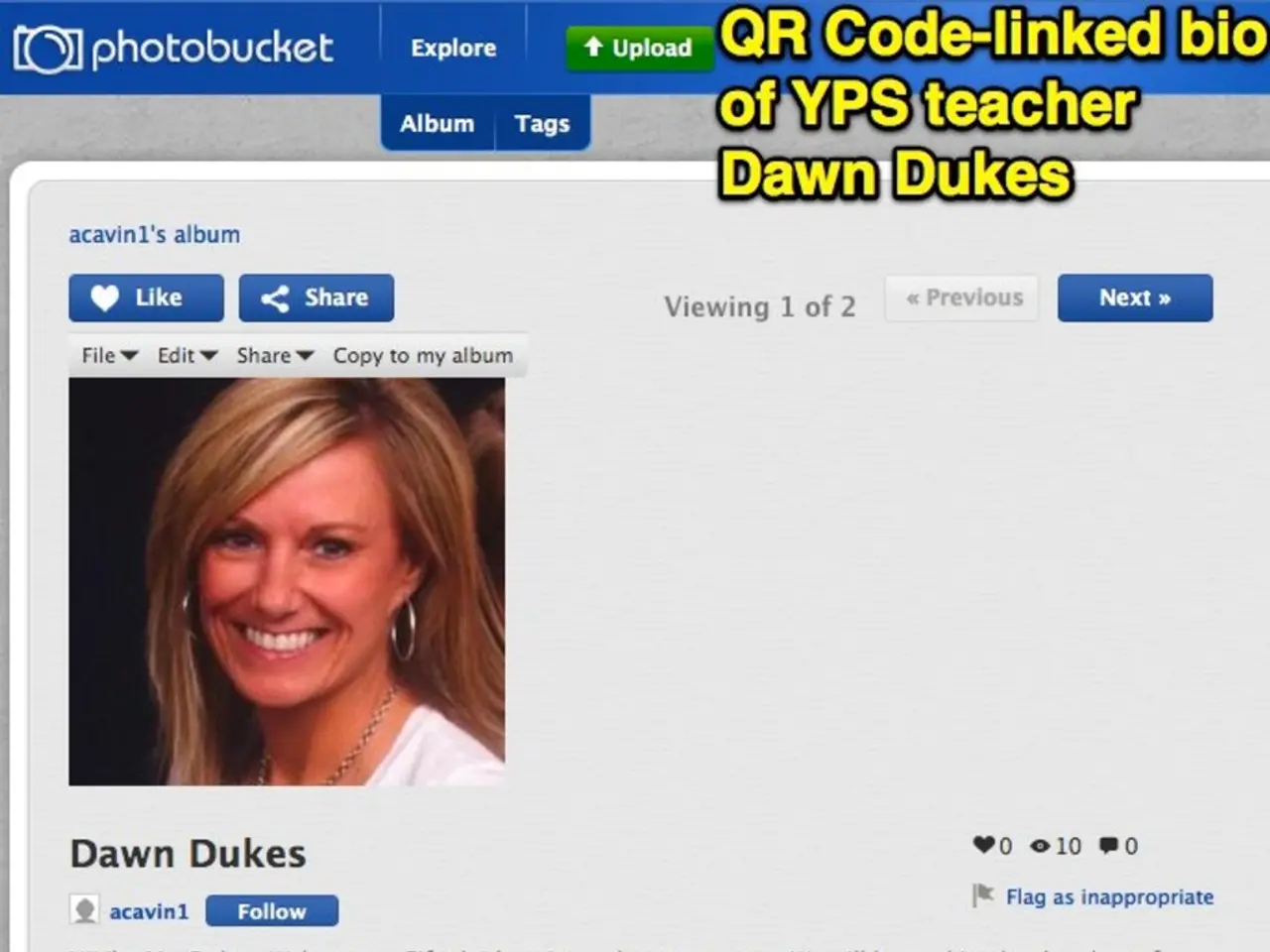Social Media Marketing Handbook for Free Use
Social media has become an integral part of our lives, with 40% of the world's population actively using social media networks [1]. This vast audience presents a significant opportunity for businesses to expand their reach, engage with customers, and drive growth.
Social media marketing operates based on specific objectives, and the right tools can help make bulk adjustments, automate marketing processes, and optimize advertising campaigns [2]. Major platforms such as YouTube, Twitter, Facebook, and Pinterest offer a diverse range of options for businesses to connect with their target audience.
To effectively implement a social media marketing strategy, beginners should follow a structured approach. First, define clear goals and identify the target audience [2]. Focus on platforms where the target audience is most active, such as Instagram for visuals, LinkedIn for B2B, or Facebook for a broad reach [1][4].
Creating consistent, valuable content is crucial. Sharing personalized, engaging content that resonates with the audience helps build loyalty and encourages advocacy [1][2]. Active engagement is equally important. Responding to comments and messages promptly enhances connection and controls the brand narrative [2].
Regularly monitoring performance data using built-in analytics tools is essential for refining content, timing, and targeting for better results [1]. Influencer partnerships can also amplify reach and credibility cost-effectively [3][4]. Use calls to action (CTAs) in posts to drive traffic to your website or special promotions, aiding lead generation and sales funnel growth [1].
Before publishing content, a social media plan is necessary. Using social media scheduling tools can help save time and reach a larger audience. Social media analytics tools can provide in-depth data on the progress of a social media marketing plan [1]. Demographic data, interests, and behavior can be used to create a target audience for social media advertising.
Social media advertising platforms allow for specific targeting of content to the desired audience, offering a way to reach a wider audience beyond those who already follow the brand [2]. Monitoring brand mentions and responding to feedback, both positive and negative, is important for maintaining a good reputation [2].
Publishing on social media requires sharing useful content that attracts the audience, good timing, and frequency. Social media marketing is a direct way to grow a social media marketing strategy [2]. Many social media networks offer various marketing strategies, making it essential to choose the right one for your business goals.
By following these steps, beginners can build a strategic social media presence that drives growth, engagement, and competitive advantage. Starting with a clear plan and progressively optimizing based on audience feedback and analytics is key to success [1][2].
[1] Hootsuite. (2021). The Ultimate Guide to Social Media Marketing. Retrieved from https://blog.hootsuite.com/social-media-marketing/
[2] Buffer. (2021). A Beginner's Guide to Social Media Marketing. Retrieved from https://buffer.com/library/beginners-guide-to-social-media-marketing
[3] Sprout Social. (2021). The Complete Guide to Influencer Marketing. Retrieved from https://sproutsocial.com/insights/influencer-marketing-guide/
[4] HubSpot. (2021). The Ultimate Guide to Social Media for Business Owners. Retrieved from https://blog.hubspot.com/marketing/social-media-for-business-owners
Technology and entertainment can play significant roles in enhancing a social media marketing strategy. For instance, short videos, infographics, or interactive content can be utilized to make marketing posts more engaging [1][4]. Technology also offers tools for monitoring performance data, such as Hootsuite, Buffer, Sprout Social, and HubSpot, which can aid in refining content, timing, and targeting for better results [1]. Furthermore, social media platforms like YouTube can be great venues for businesses to share entertaining content and connect with their audience [4].




